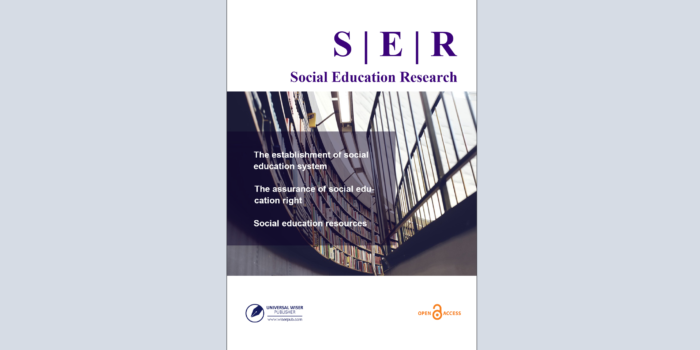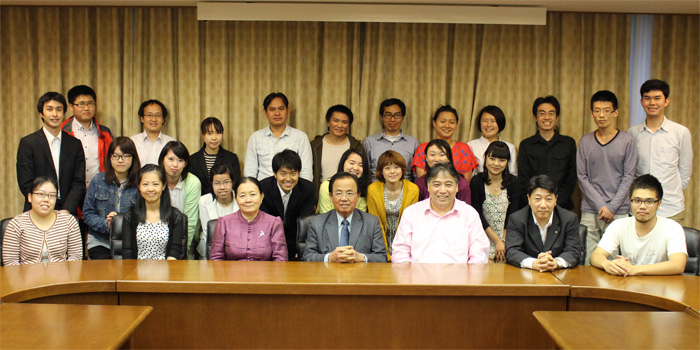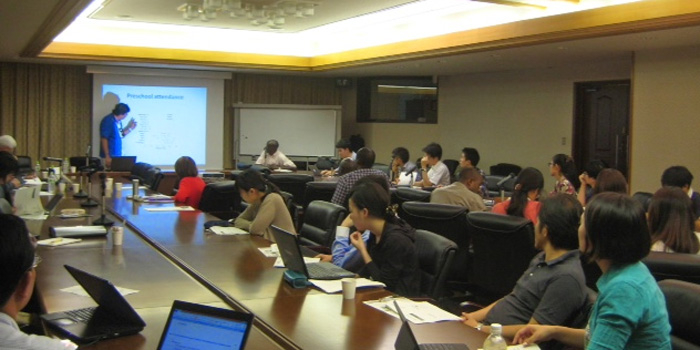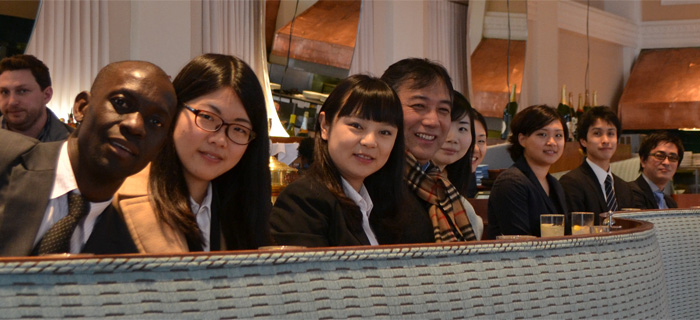
In the latest issue of the Journal of Social Education Research, Dr. Sanfo (graduated in 2020 from Kobe University) and Professor Ogawa published a paper titled: Explaining Gold-Mining and Non-Gold Mining Areas’ Inequalities in Learning Achievements in Burkina Faso’s Primary Education: A Decomposition Analysis. The paper is freely available on the journal’s website in this link.
The authors explore the influence of gold mines on learning achievement inequality in the country. Their analysis highlighted the learning achievements inequalities between gold-mining areas and non-gold-mining ones in the country, Additionally, the paper revealed educational factors which account for these inequalities. Burkina Faso has thousands of small gold mines that affect the attendance and learning of students in their areas. The two authors used innovative data with geographic coordinates to determine the distance between the school and communities to the gold mines, in order to analyze their area of influence.
Dr. Sanfo graduated recently from the GSICS doctoral program at Kobe University under the supervision of Professor Ogawa and is currently a lecturer at University of Shiga-Prefecture in Japan. Other papers authored by him are: “Cross-Sectional Analysis of the Determinants of Education Demand in Small-Scale Gold Mining Communities in Burkina Faso” from the Journal of Education and Practice and “A three-level hierarchical linear model analysis of the effect of school principals’ factors on primary school students’ learning achievements in Burkina Faso” in the International Journal of Educational Research.
Authored by Danilo Dalmon (Research Student)
Related
Related Articles
On May 26 2014, the development management policy seminar on “Investing on Human Development for Rural Development in Lao PDR”was held in the Kobe University’s GSICS Main Conference Room on...
On Monday, June 16th, 2014, a Development Management Policy Seminar on “International Education Cooperation in the Post-2015: Perspectives from International Organizations” was conducted in the main conference room in Kobe...
This is a summary report of my participation in the two-phased field study exercise conducted in March 2014 for a total of 14 days, including travel days. The field exercise...






